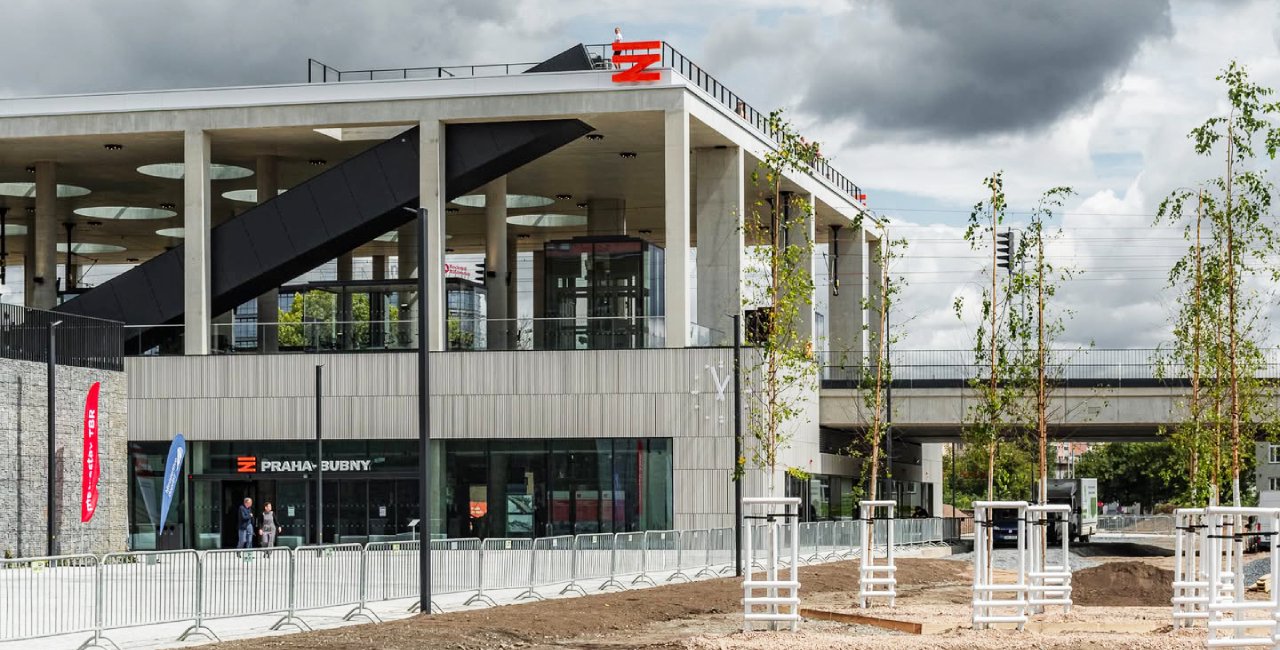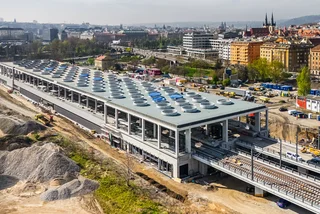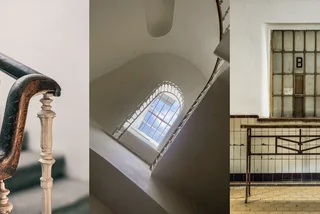Prague marked a milestone in its transport history this week with the official launch of the new Praha-Bubny railway station—its first major new train station in four decades. The modern facility began operations Friday, Aug. 1, with limited service toward Výstaviště, followed by full connections to Kladno and Kralupy nad Vltavou starting Monday.
Located just meters from the original Bubny station, which played a tragic role during World War II as a deportation site for tens of thousands of Czech Jews, the new structure is both a symbol of transformation and a foundation for broader urban redevelopment. Officials hope the station will not only enhance regional rail links but also help unify surrounding neighborhoods long divided by rail embankments.
A key step in Prague’s airport rail connection
The new Bubny station is part of a larger infrastructure project aiming to connect Prague’s city center with Václav Havel Airport and the industrial town of Kladno by rail by 2030. The 1-kilometer section between Bubny and Výstaviště, which cost CZK 5.6 billion to build, has been elevated onto viaducts—replacing the former rail embankment and opening pedestrian and road access below.
The station, which features an enclosed arrival hall measuring 250 by 50 meters, is designed to handle significantly increased passenger traffic from northern Prague and the Kladno region.
Escalators and elevators take travelers to elevated platforms equipped with glass shelters and planted trees using automated irrigation systems. Underneath the tracks, retail and service spaces will begin opening in the coming months.
The Prague-Výstaviště stop, also newly built, sits a short distance west of Bubny and offers new pedestrian links between Letná and Stromovka parks. The transformation also includes a new street—Nicolase Wintona—named in honor of the British humanitarian who helped evacuate Jewish children from Czechoslovakia before the Holocaust.
Although passengers won’t be able to ride directly to the airport for several more years, the Czech Railway Infrastructure Administration confirmed that it has secured a construction permit for the airport terminal station. Work continues on other critical segments, including upgrades at Masarykovo and Smíchov stations, both heavily supported by European Union funds.
Public investment and long-term urban impact
The Bubny–Výstaviště upgrade was financed primarily by the EU’s Connecting Europe Facility (CEF), which covered 85 percent of the project’s cost—approximately CZK 2.5 billion. CEF funding has also supported more than 100 other transport infrastructure projects across Czechia, as well as renewable energy and EV charging infrastructure.
Transportation officials have emphasized the Bubny project’s broader implications. “This is a project that changes not only the map of Czech railways but the urban fabric of Prague,” said Transport Minister Martin Kupka during Friday’s opening ceremony.
Jiří Svoboda, CEO of Správa železnic, called the station’s design “a model for future infrastructure” that demonstrates successful cooperation between the state, the city, and local residents.
Meanwhile, the historical legacy of the old Bubny station is being preserved. The original station building, still standing next to the new structure, is undergoing transformation into the Bubny Memorial and Dialogue Center, which will commemorate nearly 50,000 Holocaust victims deported from the site. That facility is scheduled to open by 2027.
The new Bubny station’s launch signals the beginning of a long-anticipated shift in Prague’s transport strategy. As rail lines expand and stations modernize, city planners hope to reduce reliance on road transport, meet EU climate targets, and create more integrated and accessible neighborhoods.
If the current timeline holds, travelers could ride from downtown Prague to the airport by rail within the next five years—ending a decades-long gap in the city’s public transport network.


